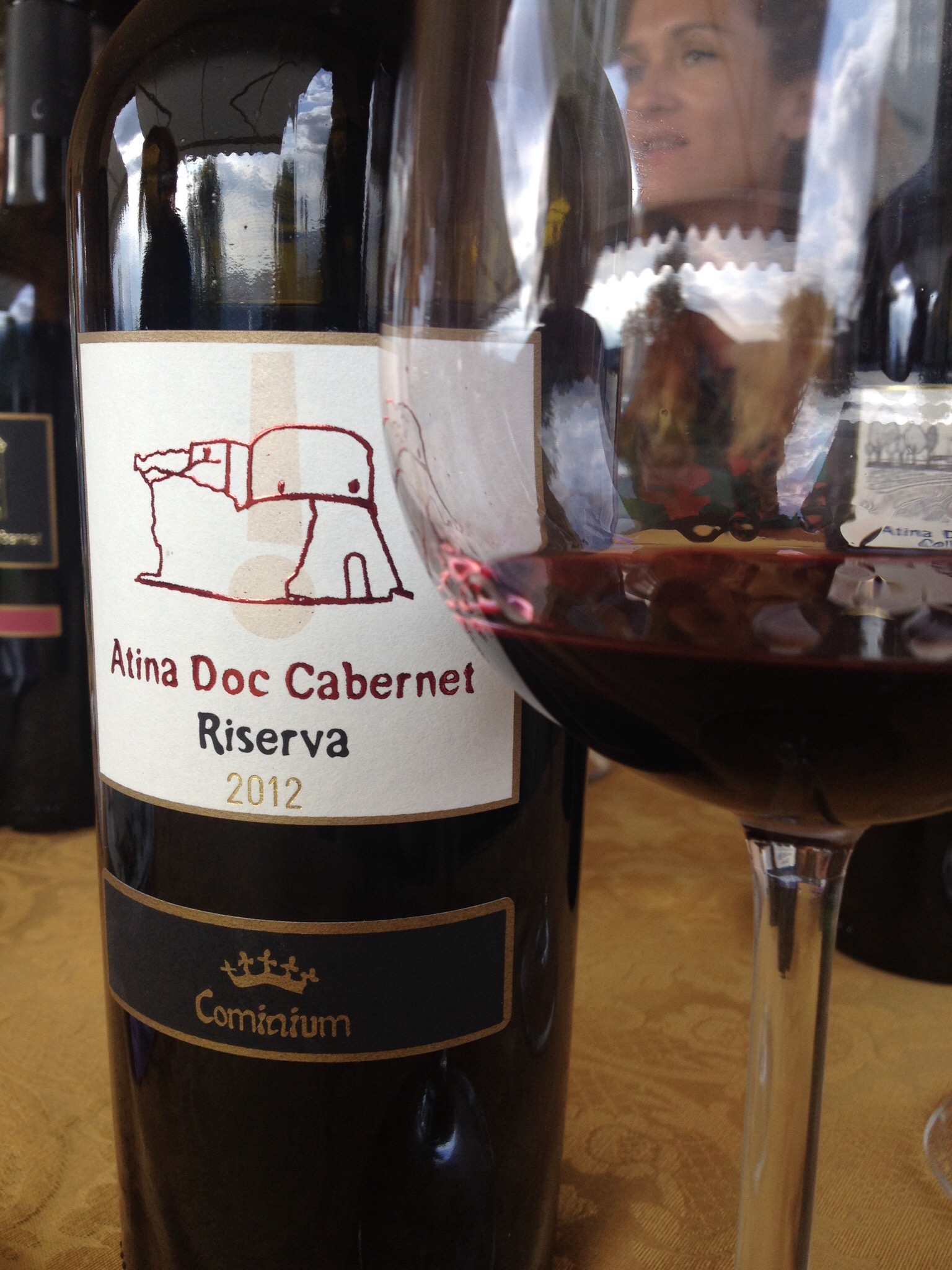The cultivation of grapes in Val Comino, the enchanting valley between Rome and Naples, started in the nineteenth century in Atina with select cabernet grapes for the production of Atina DOC wine.
It all began with the famous agronomist Pasquale Visocchi who was also mayor of Atina. Pasquale Visocchi often went to France and he imported both red grapes (cabernet franc, cabernet sauvignon, merlot) and white grapes (pinot, semillon, russane) and he successfully planted them in Val di Comino.
The ancient sedimentary soils with prevalence of limestone rocks of the Apennine range proved to be perfect for the Cabernet and other French vines.
The Cabernet is a vine native to the Medoc and the Bordeaux area and has good adaptability to different climatic conditions. The wine has an intense colour and is rich in aromatic substances that make it improve with aging, especially if in oak barrels.
Today two DOC wines are produced: Atina Rosso DOC and Cabernet di Atina DOC. Also on sale are Atina Rosso Riserva, Cabernet Riserva and Semillon. In Cabernet Atina DOC wine must be present at least 85% of Cabernet Sauvignon and Cabernet Franc grapes while the other 15% may be of black grapes grown in Lazio. Atina Doc wine must contain at least 50% Cabernet Sauvignon grapes and the rest of Merlot, Syrah and Cabernet Franc and up to 20% of other black grapes grown in Lazio.
The vines are cultivated in the towns of Atina, Gallinaro, Belmonte Castello, Picinisco, Sant’Elia Fiume Rapido, Alvito, Villa Latina, San Donato Val di Comino, Vicalvi, Casalattico, Casalvieri and Settefrati.








Follow us